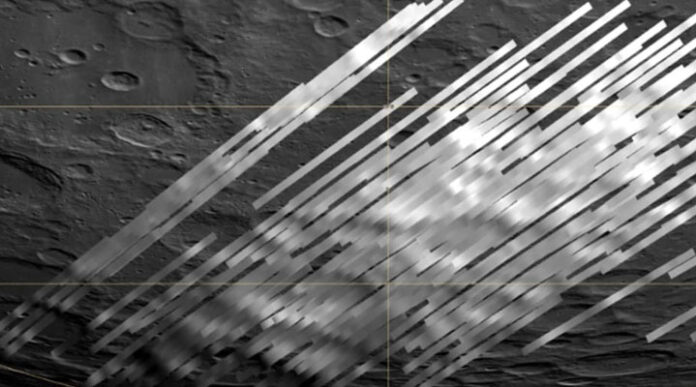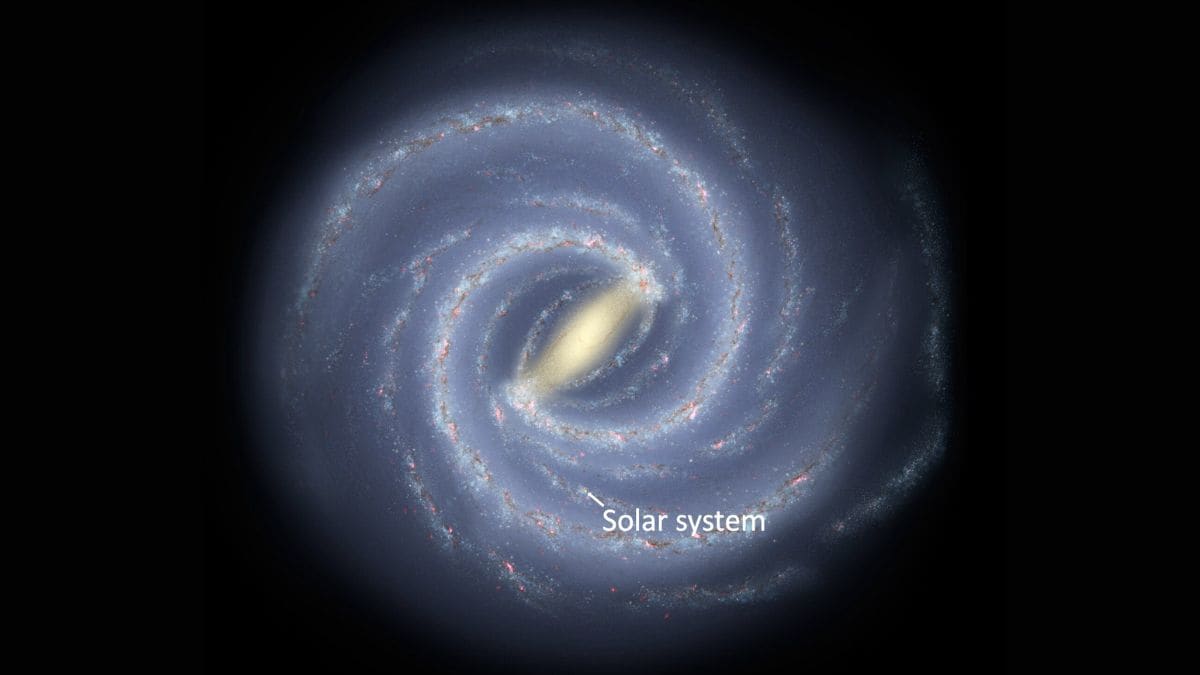NASA’s Stratospheric Observatory for Infrared Astronomy (SOFIA) telescope has discovered more water on the Moon’s surface. Water has been discovered in the Moon’s Southern Hemisphere for the first time. Casey Honniball, a postdoctoral fellow at NASA’s Goddard Space Flight Center, led the study. The team discovered water in the Moretus Crater region, which is close to the Clavius Crater region on the Moon, where the original discoveries were made. Researchers were also able to create a map showing the abundance of water in the crater thanks to the new observation and the availability of comprehensive data.
“If you can find [sufficiently] large concentrations of water on the Moon’s surface – and learn how it’s stored and what form it’s in – you can learn how to extract it and use it for breathable oxygen or rocket fuel for a more sustainable presence,” Honniball explained.
SOFIA’s Faint Object infrared Camera overcame the difficulties in distinguishing between water and hydroxyl – a molecule composed of oxygen bound to a single hydrogen atom (OH), as opposed to water’s two hydrogen atoms (H2O). The telescope, which flies above 99 percent of Earth’s water vapor, can see what ground-based telescopes cannot.
SOFIA’s ability to distinguish between water and hydroxyl has also aided astronomers in developing a theory for how water first arrives on the Moon.
“The Moon is constantly bombarded by the solar wind, which delivers hydrogen to the lunar surface,” said Honniball. “On the lunar surface, this hydrogen reacts with oxygen to form hydroxyl.”
When micrometeorites strike the Moon, the high temperature of the impact causes two hydroxyl molecules to combine, resulting in a water molecule and an extra oxygen atom. While much of the formed water is lost to space, some of it becomes trapped within glass formed on the Moon’s surface as a result of the impact.
The researchers also made observations using SOFIA data to understand how water changes depending on the Moon’s latitude, composition, and temperature.





